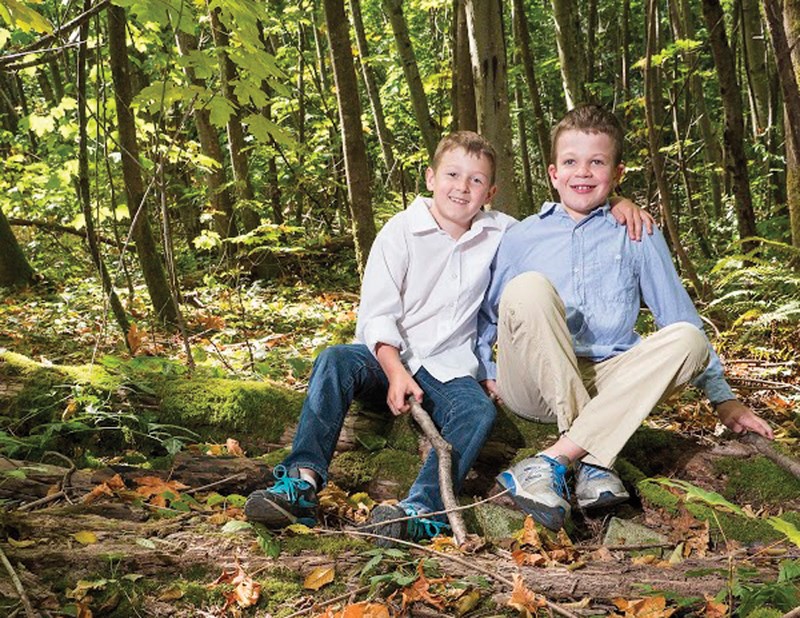Running for the cure isn’t an abstract concept.
There is a cure for Hunter syndrome, and Lynn Valley mother Deb Purcell believes that it’s close, and that it’s worth running for Sunday, June 25.
When Trey Purcell was diagnosed with MPS II as a child, a doctor told his parents he would likely die by the age of 10.
There’s an enzyme he doesn’t produce that his body needs to break down large sugar molecules. Without that enzyme, the molecules accumulate, leading to enlarged organs and hearing loss, and inhibiting both physical and mental development.
Now 13, Trey plays baseball and basketball and attends West Vancouver High School. He has a big smile and a personality to match. But he struggles to lift his hands above his head. He gets up and down laboriously, “kind of like an older person,” Purcell says.
His cognition is that of a much younger child, but Trey is aware he’s not as independent as his classmates.
“He wants to be able to do what kids his age can do,” Purcell explains.
Trey gets a four-hour IV treatment every week. Every four weeks he gets a lumbar puncture at B.C. Children’s Hospital.
“Without the drugs he’s taking right now, he’d probably be non-verbal, probably non ambulatory,” Purcell says. “It’s the difference between life and death.”
But Purcell is hopeful about a new treatment.
Gene therapy has been touted as a cure for years but it could never seem to break though one barricade: the membrane that constitutes the blood brain barrier, notes genetic researcher Dr. Haiyan Fu.
“If we can bridge the blood brain barrier, every single cell in the brain and spinal cord would have direct access to whatever you delivered to it through the blood circulation,” she says.
To cross that bridge, Fu has been working on a viral vector. The technique allows the genes you need to spread through the body by hitchhiking alongside viral genes that spread to every organ and tissue like a particularly virulent flu bug.
Instead of a flu bug, Fu has been working with a non-disease causing virus that the vast majority of humans have had or carry latent versions of.
The primary recipients of the treatment have so far been Hunter syndrome mice. Once treated, the mice have begun to produce the missing enzyme and breaking down those sugar molecules. When the mice were treated early enough the therapy seemed to cure them. But what is perhaps most noteworthy is that in a few cases Fu says she’s observed a reversal of physical damage.
A Mayo Clinic description of Hunter syndrome describes the damage caused by the degenerative disease as permanent, but Purcell is hopeful it doesn’t have to be that way.
“There were mice that were almost dead that came back with gene therapy,” she says.
Fu is hopeful they can begin clinical trials within a year. However, that trial will likely come with a $2.5 million price tag, which includes the cost of manufacturing the drugs.
“This is what you’ve been dreaming about,” Purcell says, discussing her years helping fund Fu’s work along with other families. “To have that come true … I can’t even comprehend what that would look like.”
Because Trey’s in a different trial, Purcell says her son likely wouldn’t be eligible for the first round of gene therapy trials. In a way that’s a relief, she says, comparing the competition to gain entry to the trials to The Hunger Games.
But for Trey and thousands of boys afflicted with the rare disease, gene therapy is what they’ve been waiting for, according to Purcell.
“The mice research is done, we need money,” she says.
Asked why people should participate in the Scotiabank half-marathon and five-kilometre run, Purcell answers simply.
“Because they could cure boys’ lives.”
For more information or to donate click here.



